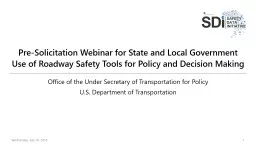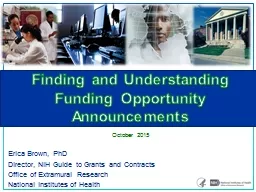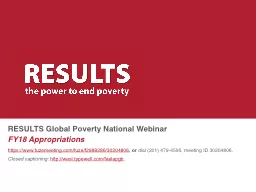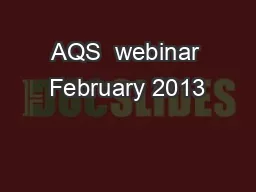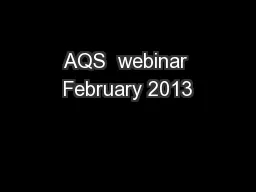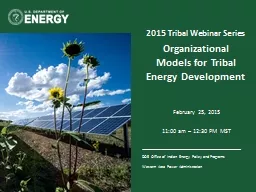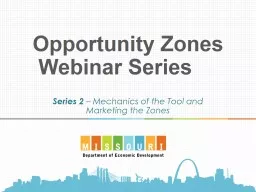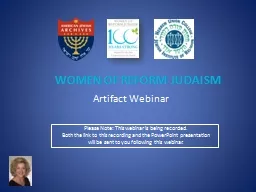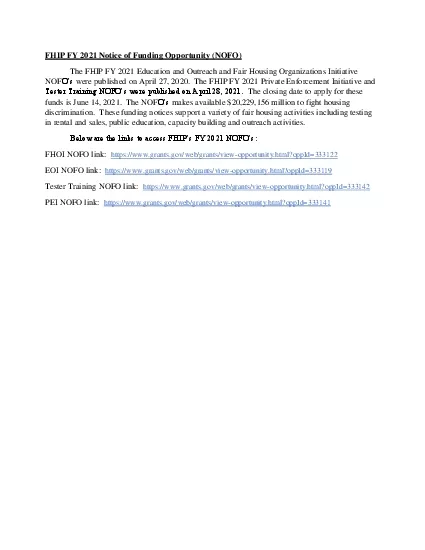PPT-Webinar for Notice of Funding Opportunity
Author : lindsaybiker | Published Date : 2020-08-27
State and Local Government Data Analysis Tools to Support Policy and Decision Making for Roadway Safety Office of the Under Secretary of Transportation for Policy
Presentation Embed Code
Download Presentation
Download Presentation The PPT/PDF document "Webinar for Notice of Funding Opportunit..." is the property of its rightful owner. Permission is granted to download and print the materials on this website for personal, non-commercial use only, and to display it on your personal computer provided you do not modify the materials and that you retain all copyright notices contained in the materials. By downloading content from our website, you accept the terms of this agreement.
Webinar for Notice of Funding Opportunity: Transcript
Download Rules Of Document
"Webinar for Notice of Funding Opportunity"The content belongs to its owner. You may download and print it for personal use, without modification, and keep all copyright notices. By downloading, you agree to these terms.
Related Documents

